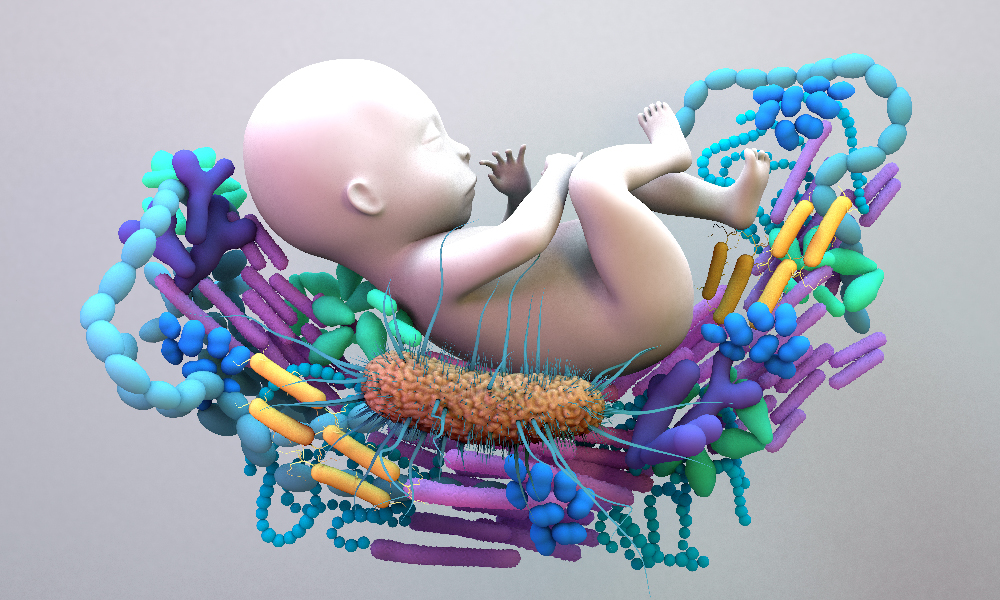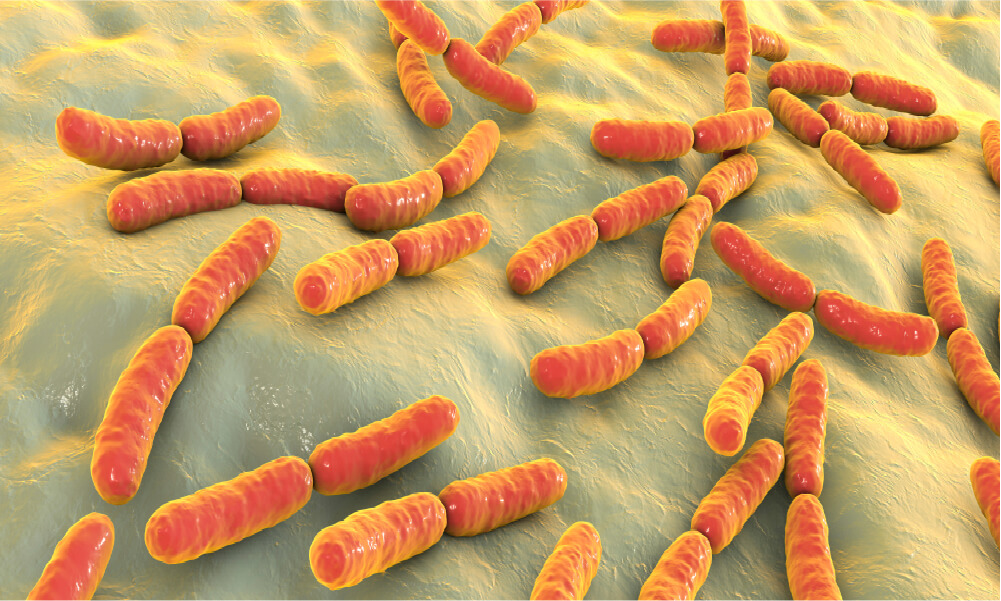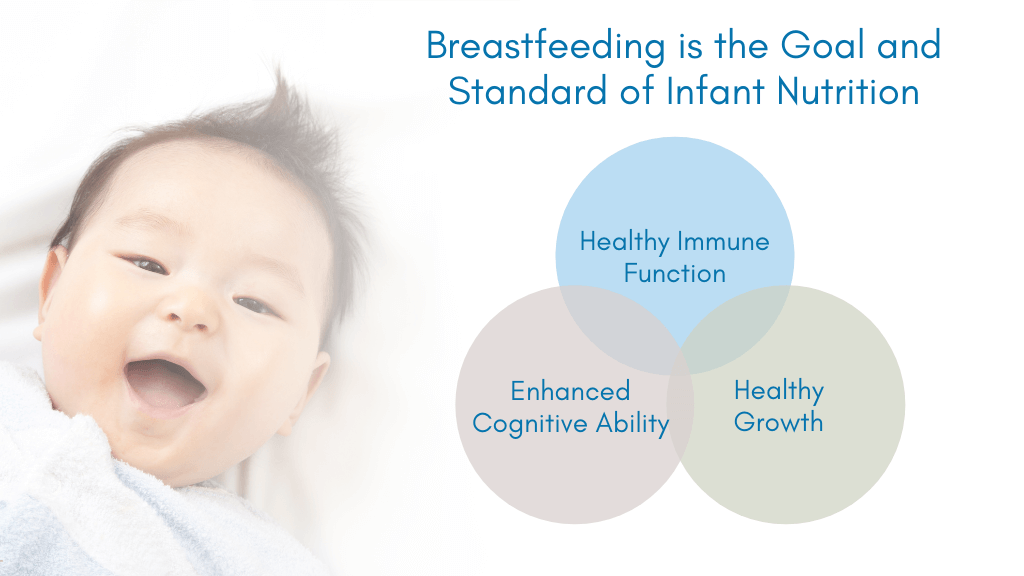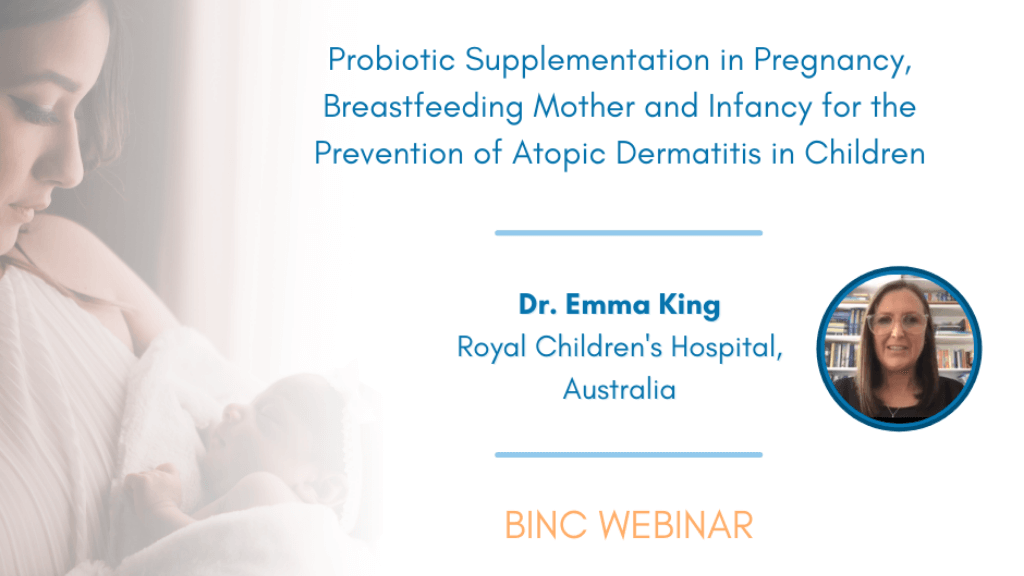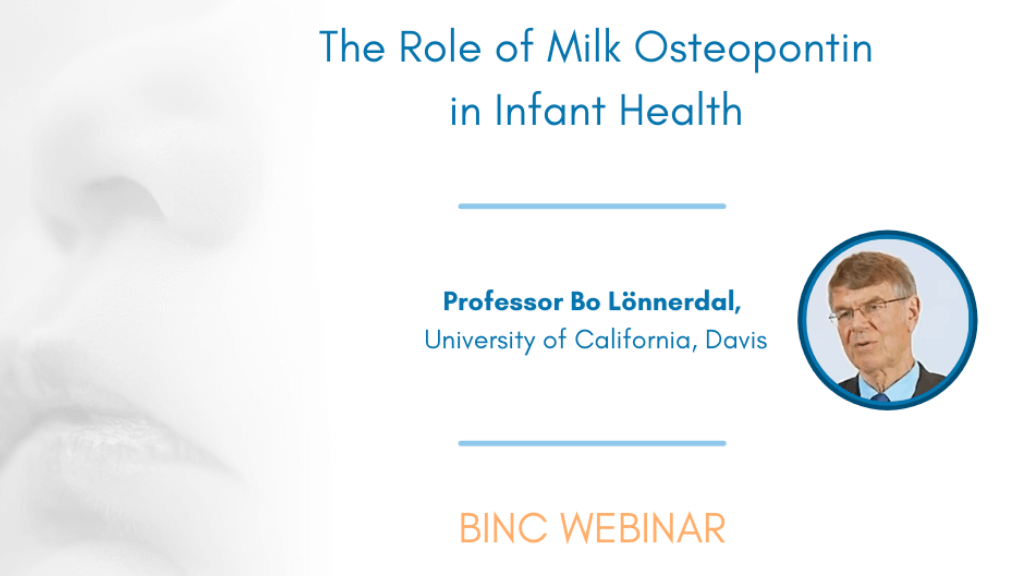- Studies have reported that infants who consumed higher concentrations of SN-2 palmitic acid had softer stools and infants spent less time crying compared to those consuming a lower concentration.
- SN-2 palmitate also showed positive benefit in improving infant's gut microbiome. A study of 36 infants found that those randomised to the high beta-palmitate group had higher stool counts of lactobacillus and bifidobacteria which are recognised as being beneficial for digestive health.
In the first years of life, infants have a high energy requirement. The ideal source of energy for infants is breast milk. Studies examining human breast milk have found the energy requirements are met by the high fat content of breast milk. Up to 98% fat found in breast milk is composed of triacylglycerols in which fatty acids are bound to a glycerol backbone. Palmitic acid is a major triacylglycerol found in breast milk, representing approximately a quarter of human milk fatty acids. Approximately seventy percent of the palmitic acid in breast milk is esterified to the SN-2 position, also known as the ‘beta’ position, that’s why it is called Sn-2 Palmitate or Beta Palmitate.

While in breast milk, most palmitic acid is esterified at the SN-2 position, however when it comes to the other sources of palmitic acid like vegetable oils, the palmitic acid is mostly bound to the first or third carbon of glycerol (SN-1 or SN-3).
When the palmitic acid is esterified in positions other than SN-2, it will cause pancreatic lipase activity to be insufficient, which means the fats are not broken down enough to be absorbed by the body. Instead, they bind with the calcium found in the milk to form insoluble calcium salts which continue their passage through the intestines called calcium soaps. Studies have shown that this may interfere not only in absorption of the fatty acid itself, but calcium and composition of the gut microbiome as well.
Calcium soaps in the intestinal tract can cause stool hardening, constipation, and discomfort. Clinical studies have demonstrated infants consuming more palmitic acid at the SN-2 position have stools with lower fat content, lower palmitic acid calcium soaps and lower dry weight than those with less SN-2 palmitic acid. This suggests that more fatty acid is absorbed into the body rather than excreted in the stool. This provides evidence that a high proportion of SN-2 palmitate in breast milk is important for optimal stool formation.
The condition of hard stools can cause discomfort for infants. Therefore, infant crying due to abdominal discomfort has been the subject of several clinical studies looking the effect of diet. Given the known effects of calcium soaps on stool hardness, the effect of varying concentrations of synthetic SN-2 palmitic acid has been examined. Studies have reported that infants who consumed higher concentrations of SN-2 palmitic acid had softer stools and infants spent less time crying compared to those consuming a lower concentration.
SN-2 palmitate also showed positive benefit in improving infant’s gut microbiome. A study of 36 infants found that those randomised to the high beta-palmitate group had higher stool counts of lactobacillus and bifidobacteria which are recognised as being beneficial for digestive health. This is supported by another study which found that infants fed higher SN-2 formula either with, or without oligofructose, had softer stools and higher faecal bifidobacterial concentrations than the control group at week 8.
Finally, the effects of calcium soaps on calcium absorption has also been examined. Naturally, the formation of calcium soaps makes calcium less available to be absorbed in the gut. Infants consuming varied percentages of synthetic SN-2 palmitic acid demonstrated those consuming more SN-2 palmitic acid had comparable changes in bone strength to human breast milk-fed infants. A study of 83 infants, randomised to a high beta-palmitate formula, low beta-palmitate formula or breastfeeding, found that the infants who were breastfed or received the high beta-palmitate formula had improved levels of bone strength at 12 weeks of age. Another study found that infants randomised to a formula with higher levels of beta-palmitate had greater bone mass at 12 weeks. However, long term studies are required to confirm this health benefit.
- Bar-Yoseph, F., Lifshitz, Y., Cohen, T., Malard, P., & Xu, C. (2016). SN2-Palmitate Reduces Fatty Acid Excretion in Chinese Formula-fed Infants. Journal Of Pediatric Gastroenterology And Nutrition, 62(2), 341-347. doi: 10.1097/mpg .
- Bar Yoseph, F., Lifshitz, Y., Cohen, T., Malard, P., Li, Z., & Cui, H. et al. (2017). SN2-Palmitate Improves Crying and Sleep in Infants Fed Formula with Prebiotics: A Double-Blind Randomized Clinical Trial. Clinics In Mother And Child Health, 14(2), 1-6. .
- Litmanovitz, I., Bar-Yoseph, F., Lifshitz, Y., Davidson, K., Eliakim, A., Regev, R., & Nemet, D. (2014). Reduced crying in term infants fed high beta-palmitate formula: a double-blind randomized clinical trial. BMC Pediatrics, 14(1), 1-6. doi: 10.1186/1471-2431-14-152. .
- López-López, A., Castellote-Bargalló, A., Campoy-Folgoso, C., Rivero-Urgel, M., Tormo-Carnicé, R., Infante-Pina, D., & López-Sabater, M. (2001). The influence of dietary palmitic acid triacylglyceride position on the fatty acid, calcium and magnesium contents of at term newborn faeces. Early Human Development, 65, S83-S94. .
- Kennedy, K., Fewtrell, M., Morley, R., Abbott, R., Quinlan, P., & Wells, J. et al. (1999). Double-blind, randomized trial of a synthetic triacylglycerol in formula-fed term infants: effects on stool biochemistry, stool characteristics, and bone mineralization. The American Journal Of Clinical Nutrition, 70(5), 920-927. .
- Yaron, S., Shachar, D., Abramas, L., Riskin, A., Bader, D., & Litmanovitz, I. et al. (2013). Effect of High β-Palmitate Content in Infant Formula on the Intestinal Microbiota of Term Infants. Journal Of Pediatric Gastroenterology And Nutrition, 56(4), 376-381 .
- Nowacki, J., Lee, H., Lien, R., Cheng, S., Li, S., & Yao, M. et al. (2014). Stool fatty acid soaps, stool consistency and gastrointestinal tolerance in term infants fed infant formulas containing high sn-2 palmitate with or without oligofructose: a double-blind, randomized clinical trial. Nutrition Journal, 13(1), 1-11. .
- Carnielli, V., Luijendijk, I., Van Goudoever, J., Sulkers, E., Boerlage, A., Degenhart, H., & Sauer, P. (1996). Structural Position and Amount of Palmitic Acid in Infant Formulas: Effects on Fat, Fatty Acid, and Mineral Balance. Journal Of Pediatric Gastroenterology &Amp Nutrition, 23(5), 553-560. .

Are you a Healthcare Professional?
Important Notice and Declaration
Breast milk is best for babies. Professional advice should be followed before using an infant formula. Introducing partial bottle feeding could negatively affect breast feeding. Good maternal nutrition is important for breast feeding and reversing a decision not to breast feed may be difficult. Infant formula should always be used as directed. Proper use of an infant formula is important to the health of the infant. Social and financial implications should be considered when selecting a method of feeding.
The information provided on this website is intended for use by healthcare professionals only. It is a condition of use of this site that you are a healthcare professional within the meaning of regulations within your country of practice. Then denoting below Yes I am/No icons. For Healthcare Professionals based in Australia : It is a condition of use of this site that you are a healthcare professional within the meaning of the Marketing in Australia of Infant Formulas (MAIF) Agreement or the Therapeutic Goods Act.










